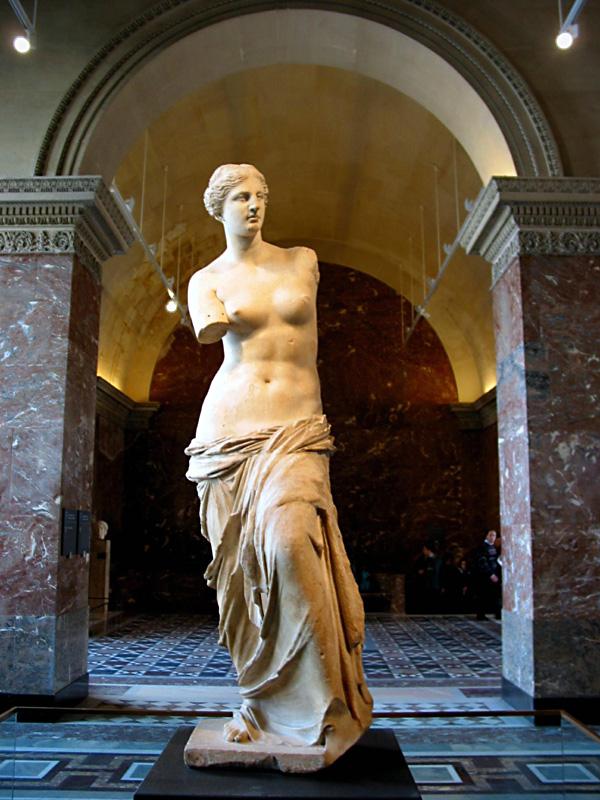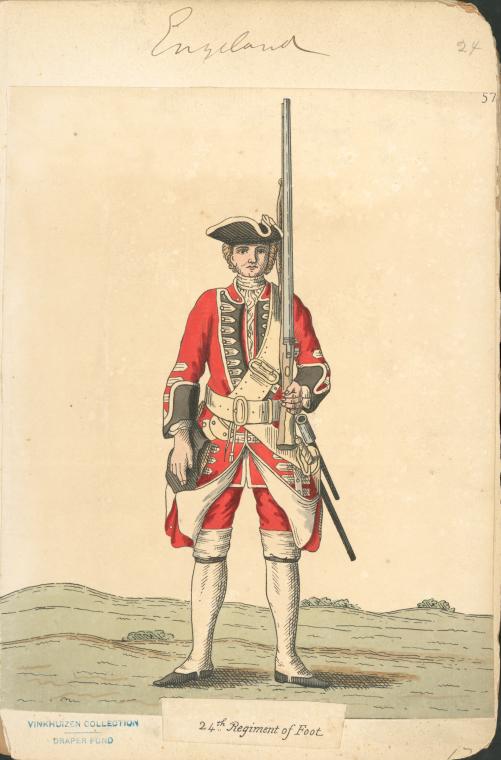Guinevere
 The ancient Welsh triple goddess (maiden, mother, crone) came almost undisguised into Arthurian legend. In some tales, King Arthur was said to have married three women in the 6th century, all named Griever; this recalls the ancient tradition that the king must “marry” the earth’s triple goddess to be fully invested with kingship. In another version of the ancient tradition, Guinevere betrayed Arthur by sleeping with a younger man; this was a common part of stories of such goddesses who both made and unmade kings and heroes.
The ancient Welsh triple goddess (maiden, mother, crone) came almost undisguised into Arthurian legend. In some tales, King Arthur was said to have married three women in the 6th century, all named Griever; this recalls the ancient tradition that the king must “marry” the earth’s triple goddess to be fully invested with kingship. In another version of the ancient tradition, Guinevere betrayed Arthur by sleeping with a younger man; this was a common part of stories of such goddesses who both made and unmade kings and heroes.The Kloset Guinevere dress below is a modern day Guinevere. The sleeves are sheer, the skirt is shortened, but the faux dirndl square neckline is an homage to the beauty of the female décolletage. The dress is empire waist but it is not a tent dress. The natural waist is still tapered and accentuated. It is a good long sleeve dress that can be worn anywhere.

Venus

Venus de Milo, above, is an ancient statue of Aphrodite, now in Paris at the Louvre. Carved by Alexandros, a sculptor of Antioch on the Maeander River in about 150 bc, it was found on the Aegean island of Melos on April 8, 1820.
 The statuesque dress by BB Dakota on the left is inspired by Venus. It has a sweetheart neckline, sheer mesh straps and and gathered bodice, while it's matching belt, pleated skirt and unexpected clay hue will give the wearer a casual look.
The statuesque dress by BB Dakota on the left is inspired by Venus. It has a sweetheart neckline, sheer mesh straps and and gathered bodice, while it's matching belt, pleated skirt and unexpected clay hue will give the wearer a casual look.
Ottoman Kaftan
 A kaftan is a man's cotton or silk cloak buttoned down the front, with full sleeves, reaching to the ankles and worn with a sash. The kaftans worn by the Ottoman sultans constitute one of the most splendid collections of Topkapı Palace in Istanbul. Some of them were so precious that they were given as rewards to important dignitaries and victorious generals during elaborate religious festivals.
A kaftan is a man's cotton or silk cloak buttoned down the front, with full sleeves, reaching to the ankles and worn with a sash. The kaftans worn by the Ottoman sultans constitute one of the most splendid collections of Topkapı Palace in Istanbul. Some of them were so precious that they were given as rewards to important dignitaries and victorious generals during elaborate religious festivals.Kaftans were often embroidered on the front and on the sleeves, but like everything else under the Ottomans, there was a strict hierarchical order in the colours, patterns, ribbons and buttons, which were chosen according to the rank of the person to whom they were presented.
While in the 14th century large patterns and subdued colours were used, these became both smaller and brighter in the next century. By the second half of the 17th century, the most precious fabrics were those with 'yollu': vertical stripes with various embroideries and small patterns, the so-called "Selimiye" fabrics.
Most fabrics were manufactured in Istanbul and Bursa, but some came from as far as Venice, Genoa, Persia, India and even China. Each had very specific characteristics and was named accordingly: there was velvet, aba, bürümcük, canfes, gatma, gezi, diba, hatayi, kutnu, kemha, seraser, serenk, zerbaft , tafta , and many others; the most often used colours were 'China blue', 'Turkish red', violet, "pişmis ayva" or cooked quince, and saffron yellow.
 Launched in 1992, the Atil Kutoglu label is known for exotic, richly textured clothes with a Turkish flavor. That translates into lots of tunic necklines, genie pants, and spice-market colors. But there are always modern twists, such as the merging of luxe materials with funkier ones—leather with rich brocades, denim with mousseline and velvet.
Launched in 1992, the Atil Kutoglu label is known for exotic, richly textured clothes with a Turkish flavor. That translates into lots of tunic necklines, genie pants, and spice-market colors. But there are always modern twists, such as the merging of luxe materials with funkier ones—leather with rich brocades, denim with mousseline and velvet.“I use Ottoman, Turkish and Byzantine inspirations from our culture and present them in a very modern way.”—Atil Kutoglu Associated Press Worldstream
On the left is a dress from his 2005 RTW collection inspired by a Kaftan.
For tailored garments, I chose Queen Elizabeth I's tudor dress (16th century), the uniform worn by the British redcoats (1742), and the tuxedo (1886).
Elizabeth I
Elizabeth I was Queen of England and Queen of Ireland from 17 November 1558 until her death. Sometimes called The Virgin Queen, Gloriana, The Faerie Queen or Good Queen Bess, Elizabeth was the sixth and last monarch of the Tudor dynasty. The daughter of Henry VIII, she was born a princess, but her mother, Anne Boleyn, was executed three years after her birth, and Elizabeth was declared illegitimate. Perhaps for that reason, her brother, Edward VI, cut her out of the succession. His will, however, was set aside, as it contravened the Third Succession Act of 1543, in which Elizabeth was named as successor provided that Mary I of England, Elizabeth's half-sister, should die without issue. In 1558, Elizabeth succeeded her half-sister, during whose reign she had been imprisoned for nearly a year on suspicion of supporting Protestant rebels.
The Rainbow Portrait circa 1600 by Isaac Oliver is a favorite portrait of the queen with its elaborate portrayal.
 Elizabeth's gown is embroidered with English wildflowers, thus allowing the queen to pose in the guise of Astraea, the virginal heroine of classical literature. Her cloak is decorated with eyes and ears, implying that she sees and hears all. Her headdress is an incredible design decorated lavishly with pearls and rubies and supports her royal crown. The pearls symbolize her virginity; the crown, of course, symbolizes her royalty. Pearls also adorn the transparent veil which hangs over her shoulders. Above her crown is a crescent-shaped jewel which alludes to Cynthia, the goddess of the moon.
Elizabeth's gown is embroidered with English wildflowers, thus allowing the queen to pose in the guise of Astraea, the virginal heroine of classical literature. Her cloak is decorated with eyes and ears, implying that she sees and hears all. Her headdress is an incredible design decorated lavishly with pearls and rubies and supports her royal crown. The pearls symbolize her virginity; the crown, of course, symbolizes her royalty. Pearls also adorn the transparent veil which hangs over her shoulders. Above her crown is a crescent-shaped jewel which alludes to Cynthia, the goddess of the moon.A jeweled serpent is entwined along her left arm, and holds from its mouth a heart-shaped ruby. Above its head is a celestial sphere. The serpent symbolizes wisdom; it has captured the ruby, which in turn symbolizes the queen's heart. In other words, the queen's passions are controlled by her wisdom. The celestial sphere echoes this theme; it symbolizes wisdom and the queen's royal command over nature.
Elizabeth's right hand holds a rainbow with the Latin inscription 'Non sine sole iris' ('No rainbow without the sun'). The rainbow symbolizes peace, and the inscription reminds viewers that only the queen's wisdom can ensure peace and prosperity.
British Army Redcoat
 Red Coat or Redcoat is a term often used to refer to a soldier of the historical British Army, because of the color of the military uniforms formerly worn by the majority of regiments. The uniform of most British soldiers from the late 17th century to the 19th century, (other than artillery, rifles and some cavalry), included a madder red coat or coatee. From 1870 onwards, the more vivid shade of scarlet was adopted for all ranks, having previously been worn only by officers, sergeants and cavalry troopers (Major R.M. Barnes The Uniforms and History of the Scottish Regiments, Sphere Books Ltd London 1972, p.281).
Red Coat or Redcoat is a term often used to refer to a soldier of the historical British Army, because of the color of the military uniforms formerly worn by the majority of regiments. The uniform of most British soldiers from the late 17th century to the 19th century, (other than artillery, rifles and some cavalry), included a madder red coat or coatee. From 1870 onwards, the more vivid shade of scarlet was adopted for all ranks, having previously been worn only by officers, sergeants and cavalry troopers (Major R.M. Barnes The Uniforms and History of the Scottish Regiments, Sphere Books Ltd London 1972, p.281).The Tuxedo

The tuxedo was invented by Pierre Lorillard IV of New York City according to one school of thought. However, some historians believe that the tuxedo was invented by King Edward VII.
Pierre Lorillard's family was wealthy tobacco magnates who owned country property in Tuxedo Park, just outside of New York City. At a formal ball, held at the Tuxedo Club in October 1886, the young Lorillard wore a new style of formal wear for men that he designed himself. He named his tailless black jacket the tuxedo after Tuxedo Park. The tuxedo caught on and became fashionable as formal wear for men.
British Origins
According to English clothing historian James Laver, the idea of wearing black for evening wear was first introduced by the nineteenth century British writer, Edward Bulwer-Lytton who wrote in 1828 that "people must be very distinguished to look well in black."
A resident of Tuxedo Park, James Brown Potter vacationed in England in the summer of 1886. Potter and his wife, Cora were introduced to the Prince of Wales {who later became King Edward VII} at a court ball in London. Potter asked the Prince for advice on formal dress. The Prince sent Potter to his own Saville Row tailor, Henry Poole & Co. Potter was fitted with a short black jacket and black tie that was unlike the formal tails with white tie that was worn in the United States for formal occasions.
The new tailless formal wear was said to have been designed by the Prince of Wales. The Prince and his tailor drew inspiration from the British military uniforms of the time, which used short jackets with black ties.
This is where the two origins meet. James Brown Potter took the design back to the Tuxedo Club, where Pierre Lorillard modified it, named it, and made it popular during the Autumn ball in 1886.

